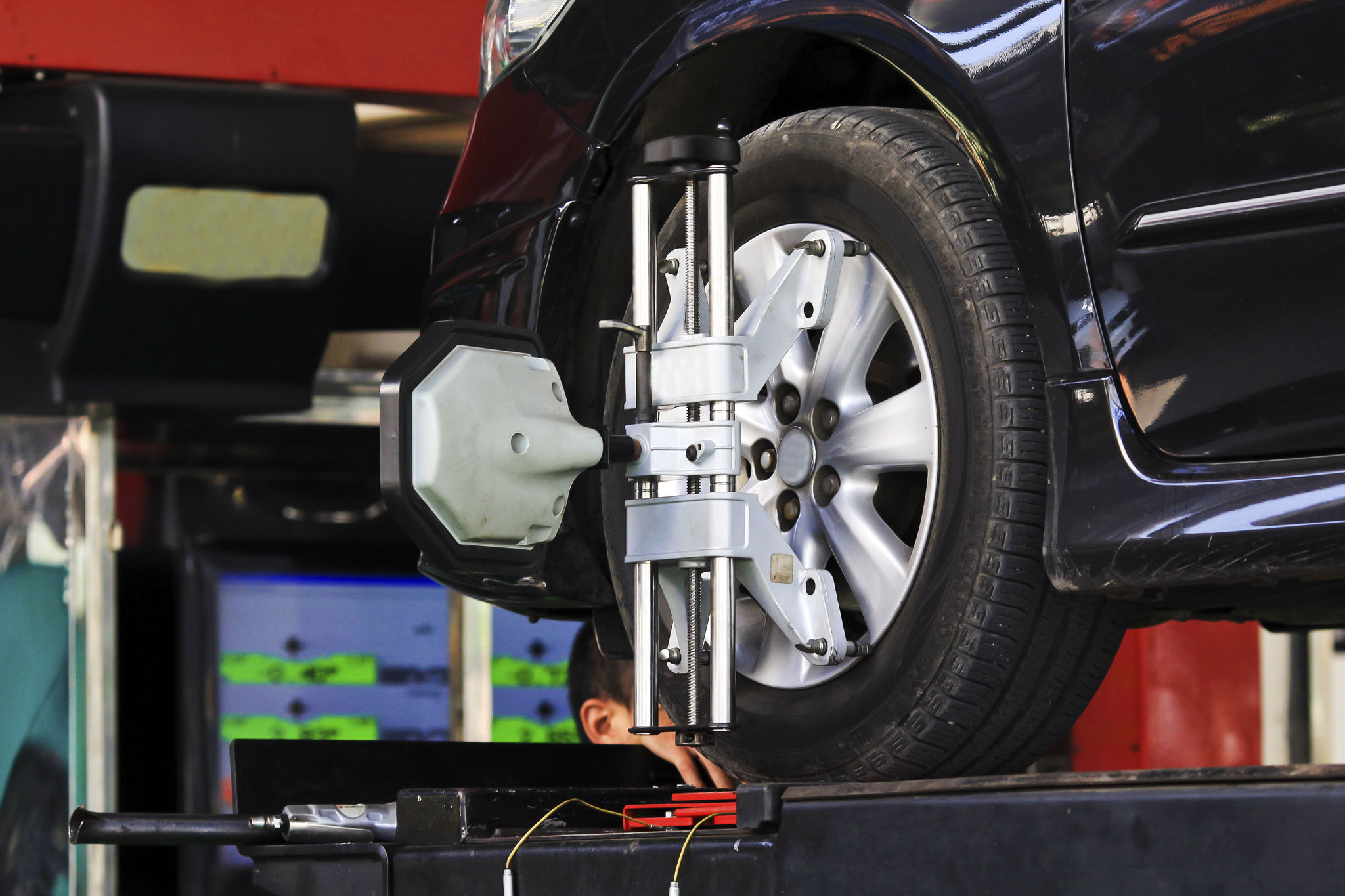Guide to 4 Wheel Alignment: Ensuring Optimal Performance on Merseyside Roads
Driving on the roads of Merseyside can be an exhilarating experience, but to ensure your vehicle performs optimally, understanding the importance of 4-wheel alignment is crucial. Proper alignment not only enhances driving comfort but also extends the life of your tires and improves fuel efficiency.

What is 4-Wheel Alignment?
4-wheel alignment involves adjusting the angles of the wheels so they are set to the car manufacturer's specifications. This process ensures that all four wheels are correctly aligned with each other and the road. Proper alignment affects the vehicle's handling, tire wear, and overall safety.
There are three main components checked during an alignment: camber, toe, and caster. Camber is the angle of the wheels when viewed from the front of the vehicle. Toe alignment refers to the direction the tires point in relation to each other. Caster angle affects steering stability.
Signs Your Vehicle Needs Alignment
Recognizing when your car requires a 4-wheel alignment can prevent more severe issues down the road. Look out for these common signs:
- The vehicle pulls to one side while driving.
- Uneven or rapid tire wear.
- Steering wheel vibration or off-center steering wheel.

Benefits of Proper Alignment
Investing in regular wheel alignment offers numerous benefits. Firstly, it significantly extends the life of your tires by ensuring even wear, saving you money on premature replacements. Secondly, a well-aligned vehicle provides better handling, making your driving experience smoother and more enjoyable.
Additionally, proper alignment improves fuel efficiency. Misaligned wheels create resistance against forward motion, causing the engine to work harder and consume more fuel. By maintaining correct alignment, your vehicle will operate more efficiently on Merseyside's roads.
The Alignment Process
The 4-wheel alignment process is a precise procedure that requires specialized equipment. A technician will mount sensors on each wheel and use an alignment machine to measure and adjust the angles. The process typically involves:
- Inspecting and adjusting tire pressure.
- Checking for worn suspension components.
- Measuring wheel angles and comparing them to manufacturer specifications.
- Making necessary adjustments to camber, toe, and caster angles.

Maintaining Alignment on Merseyside Roads
The condition of roads in Merseyside can influence how often your vehicle needs an alignment. Potholes, speed bumps, and uneven surfaces can all disrupt wheel alignment over time. To maintain optimal performance:
Avoid hitting curbs and potholes whenever possible. Regularly inspect your tires for signs of uneven wear. Schedule periodic alignment checks, especially after any significant impact or annually as part of routine maintenance.
Choosing the Right Service Provider
Selecting a reliable service provider for 4-wheel alignment is essential for achieving accurate results. Look for a certified and experienced technician who uses state-of-the-art equipment. Recommendations from friends or online reviews can help you find a trustworthy provider who understands the needs specific to vehicles driven on Merseyside roads.
By prioritizing 4-wheel alignment, you can ensure a smoother ride, better vehicle performance, and enhanced safety on every journey across Merseyside.